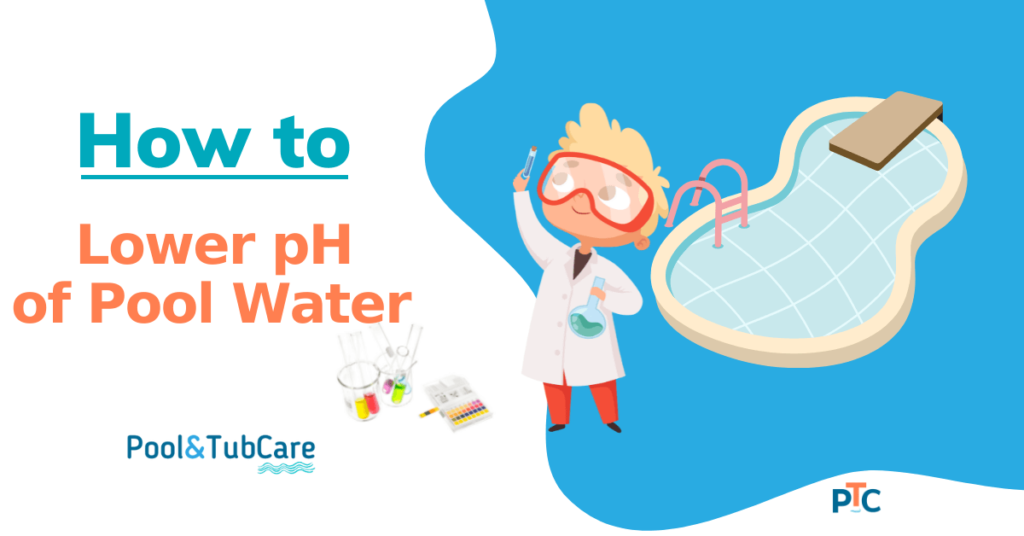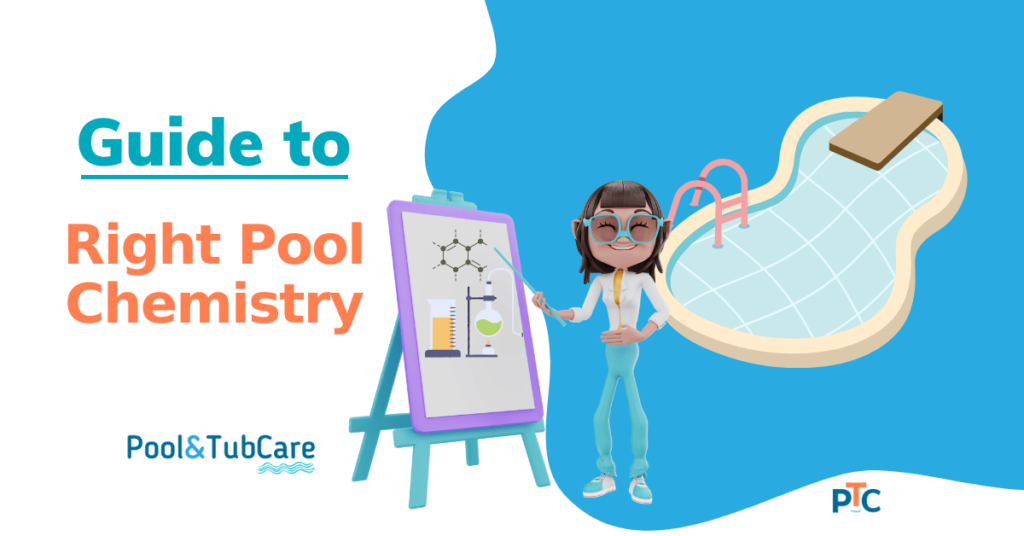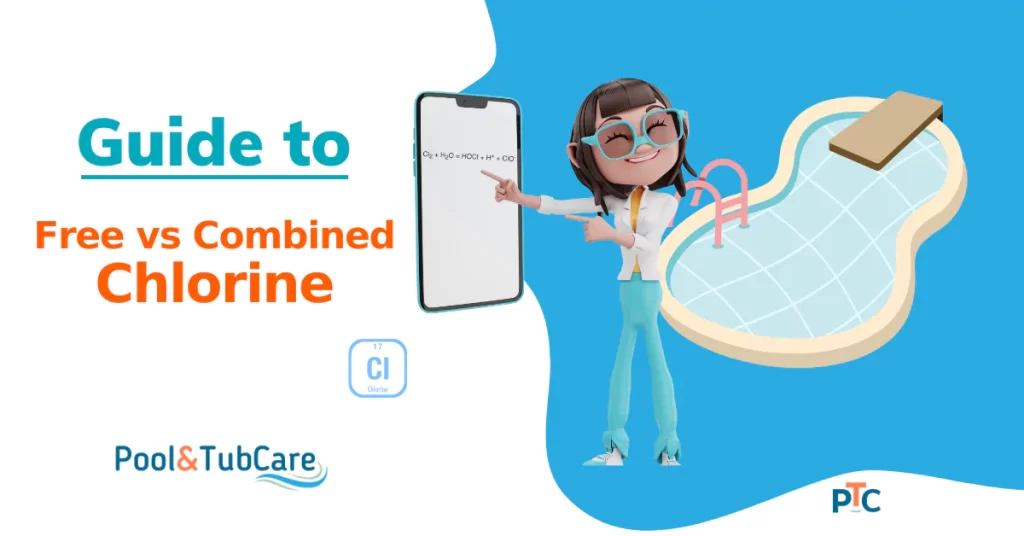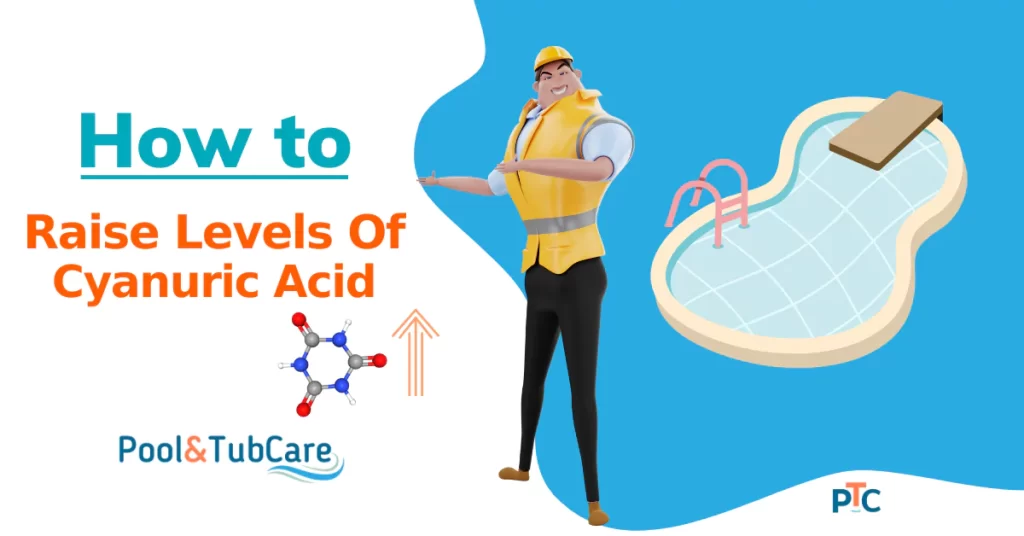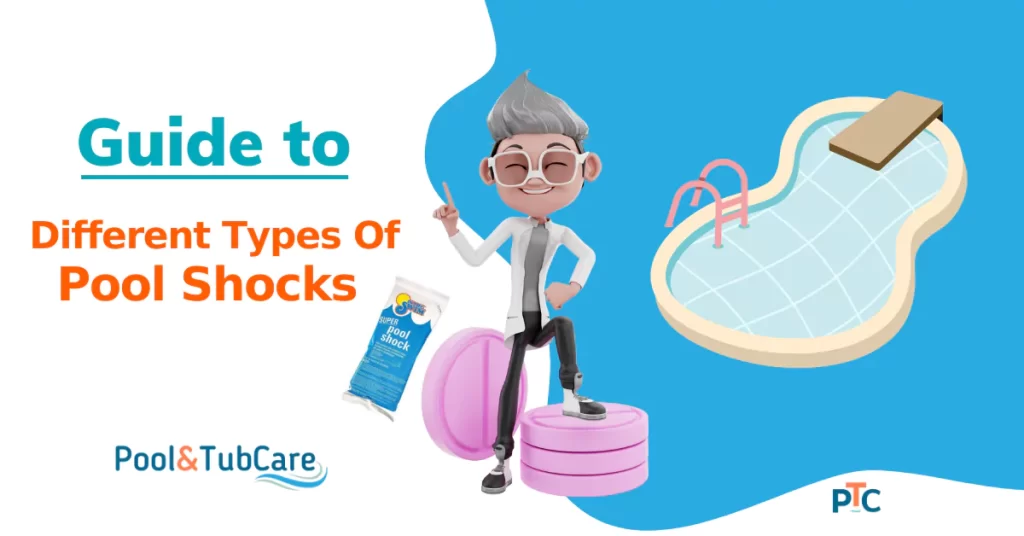If your pool’s pH level is too high, it can cause problems for swimmers and equipment. Fortunately, you can easily lower pH levels of your pool water.
One way to lower pH is to add an acid to the water. The acid used most commonly for this purpose is muriatic acid. Another method is to add fresh water to balance out the water chemistry.
An imbalance in the chemistry of your pool water (including higher pH) can make your pool unusable over time. Higher pH will render chlorine ineffective, which can lead to microorganism growth.
Learn more about higher pH and how to control it here.
What is pH?
pH is ionic balance in the water and, in simple terms, it is a measure of the acidity of a solution. The pH scale goes from 0 to 14, with 7 being neutral, below 7 being acidic, and above 7 being alkaline.
Most pool experts recommend a pH between 7.2 and 7.6 for optimal swimming conditions and to protect your pool equipment.
What Are the Consequences of Higher pH?
Occasional fluctuations in pH can happen, but if your pool water has higher pH for a longer duration, it may lead to a few long-term problems.
Health issue: Higher pH can make the water uncomfortably alkaline for swimmers, leading to skin and eye irritation and other skin problems.
Pool equipment damages: It can corrode pool equipment and surfaces. Scaling along the pipes is another possibility due to high pH that may lead to ineffective circulation in the pool. As motors continue to work on the same level but the area is reduced between pipes. That may cause motor failure or pipe bursting damaging your pool plumbing. Alkaline water also leads to clogged filters. These problems can lead to higher repairing bills if not maintained or corrected early.
Chlorine becomes ineffective: High pH makes chlorine less effective at killing bacteria and other microorganisms. This will cause high chlorine demand in the pool, leading to problems like algae growth and waterborne illnesses.
Water becomes cloudy: High pH in water can make it cloudy. It is easier to spot and is an early indication of something wrong in pool water chemistry.
So, to use your pool without any harm, it is essential to maintain the pH level of your pool water.
How to Check the pH of Your Pool Water?
You can check the pH with following methods.
pH testing strips:
You can use pH testing strips to test the pH level of your pool water, and they are easily available. They are not the most accurate, but they are easier to use.
You can use a pool test kit:
This is the method that most people use as it is more precise than test strips, and the cost is reasonable. You get a few chemicals in the kit that you need to add to pool water and observe any color change.
If you don’t have a pool test kit, you can take a sample of water to your local pool store or contact a local pool care company. They will be able to test the water for you and tell you the pH level.
Digital meter:
To be more precise, you can use a digital meter. They are more expensive than pH testing strips but more accurate. Before using, you will also need to calibrate the pH meters with provided reagents so that readings are accurate.
Why Your Pool Water pH is Higher?
A number of reasons can lead to a higher pool water pH, including:
Evaporation:
When water evaporates, it leaves behind the minerals in the water. As the water volume becomes less and minerals concentration high, leading to the raise the pH level.
The use of chemicals:
Some chemicals, when used in more amounts, like when doing the shocking with calcium hypochlorite or increasing the pH of pool water, can raise the pH level of the water.
Release of CO2:
Carbon dioxide gas is released into the air as the water warms up or due to aeration. This gas lowers the pH level of the water, and the release of gas increases the pH levels.
The use of hard water:
Hard water has high levels of calcium and magnesium. If you use hard water in your pool, these minerals can raise the pH level of the water.
Steps to Decrease the pH of Pool Water
There are a few ways to lower your pool water’s pH level.
Use acidic chemicals:
Chemicals like muriatic acid or sodium bisulfate can be used to lower the pH level of your pool water. These chemicals can be added directly to your pool water. After adding these chemicals circulate water for proper mixing.
Add fresh water:
You can add fresh water to your pool to lower the water’s pH level, which will also help dilute the high levels of minerals in the water.
Use a Pool Cover:
You can use a pool cover to prevent evaporation and to keep rainwater from diluting the water.
1. Calculate pH of Water
First of all, test the pH of your pool water. Use one of the different ways available to test pH, like strips or kits.
This will help you decide how many chemicals you need to add to reach the perfect pH of 7.4.
2. Determine the Amount of Water in the Pool
The next step is to determine the amount of water in your pool. You need to know the exact amount of water in your pool.
To decide how many chemicals you need to add to reach the perfect pH of 7.4, you need information on your pool water volume other than exact pH values.
Fill in the values in this tool and get pool water volume in gallons.
Now that you know the volume of your pool, you can start to adjust the pH levels.
3. Choose the Right Chemicals to Add
Two chemicals are used mainly to lower pH levels: muriatic acid and sodium bisulfate.
Out of these, Muriatic acid is used most commonly to lower pH. It is a strong acid and should be used with caution.
Here is the table for your reference. Though, you might need to add less or more based on your pool chemistry.
| Starting pH | 5,000 Gal | 10,000 Gal | 20,000 Gal |
|---|---|---|---|
| 7.8 | 6 oz | 12 oz | 24 oz |
| 8.0 | 8 oz | 16 oz | 32 oz |
| 8.2 | 10 oz | 20 oz | 40 oz |
| 8.4 or more | 12 oz | 24 oz | 48 oz |
Sodium bisulfate is a less common chemical used to lower pH levels. It is a weaker acid and can be added in larger quantities.
Add the chemical according to the manufacturer’s instructions to change the pH levels to desired levels.
4. Add the Chemicals to the Pool
Once you have chosen the right chemicals, you must add them to the pool. Use a chemical feeder, which will help distribute the chemicals throughout the pool evenly.
If you don’t have a chemical feeder, you can add the chemicals directly to the pool water spreading evenly. You will need to circulate the water for at least an hour to ensure that the chemicals are evenly distributed.
For Muriatic acid, you must take full precautions like covering the whole body and wearing rubber gloves and protective glasses.
5. Test the pH Levels
After adding chemicals and circulating water for an hour, test the pH levels with the method of your choice.
If the pH is not coming down, you can repeat steps 3-4 until the desired pool chemistry is reached.
Testing is essential for the regular maintenance of your pool. Do testing your pool regularly, and you will be able to know about any issues at the earliest and rectify them.
Related: How to raise the pH of pool water!
Tips to Maintain pH of Pool Water
1. Test pH levels regularly and adjust accordingly
2. Use a pool cover to reduce evaporation and keep rainwater from diluting the water
3. Add fresh water to the pool regularly to dilute high mineral levels
4. Keep an eye on other aspects of water chemistry, such as alkalinity and calcium hardness
5. Clean the filter regularly to remove dirt and debris
By following these tips, you can ensure that your pool water has the perfect pH level!
Balancing pH is Must for Clean Pool
Maintain your pool pH between 7.2 and 7.6 to keep the water clean and safe for swimming.
You should take care of the pool regularly by following the tips above. But somehow, if your pool water pH is above the normal range, there is nothing to worry about. You can rectify that swiftly by adding an acid or refilling the water.
Keeping your pool pH stable will keep other pool chemicals happy and your pool sparkling blue for a relaxing dive.

